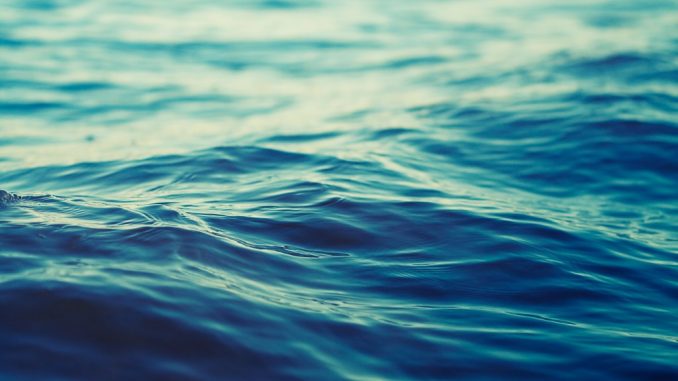
Some people who do not know any better assume that cables are all the same. As such, they will reach for any of the wires in stores for the installation of different residential and industrial machines. This could cause some serious problems on land, but when you try to move that same installation under water, the risks are likely to double. Marine wires are meant to withstand some of the most challenging extreme environmental conditions. This is because they are at high risk of corrosion owing to exposure to saltwater, gases, and oils.
To this end, there exist specific marine electrical wire varieties that are designed to withstand the harsh environments and guarantee the safety of sea vessels and passengers. Control, data transmission, communication, power, and instrumentation are only a few of the applications of shipboard cables. To guarantee the effectiveness and durability of marine cables, several standardization bodies now exist. The following are some of the standard marks your cable might have to denote its quality.
IEC 60092-3
This is the international marine cable standardization mark. It is used for cables for electrical ship installations and offshore installations. Marine cables that satisfy the requirements of this standardization can be used in telephone cables on ships and electrical power. Several sections exist under the IEC 60092-3 standard. The IEC 60092-350, for instance, is meant for cables with copper conductors for use in marine electrical systems. IEC 60092-351, on the other hand, is intended for marine cables used for instrumentation, power, data transfer, and control. The IEC 60092-353 is used for cables with voltage ratings of 15KV at most for electrical systems.
JIS C3410
This is a Japanese maritime standardization mark for shipboard cables that will be used for telephone, switchboard, control, and electrical installations. For cables to qualify for this certification, they should pass the specifications set in IEC 60092-3. The JIS C3410 will also define the cables’ constructions based on the symbols under established guidelines. FA, for example, is flame retardant cable, FR is fire resistant, and TT is the designation for telephone and instrumentation cables. S is used to signify a single core for power and lighting cables, D for dual-core, M for multi-cores, T for triple-core, and F for four core cables.
DIN 89158-160
This is a European or German marine cable standardization mark. DIN 89158 applies to halogen-free ship cables and those for offshore installations. These have an extruded solid insulation with a wire braid armor screen. The DIN 89159 encompasses halogen-free marine telecommunication and electrical cables. DIN 89160 has similar specifications to DIN 89158 but is used for wires without a wire braid armor.
BS7917 and BS6883

These are British maritime standardization marks. The BS6883 is meant for elastomer insulated marine cables intended for fixed wiring. The wires are used for control circuits, instrumentation, power, and lighting, and have maximum voltage ratings of 8.7/15kV. BS7917 is used for elastomer insulated cables that are also fire resistant. The cables are meant for limited circuit integrity.
Buying marine cables is a minefield, and you might find yourself with the wrong cables for your installation. Thankfully, with the above tidbits, you now know what to expect from the marine wires you pick. Either way, ask for your supplier’s guidance on the cable that will suit your application.
